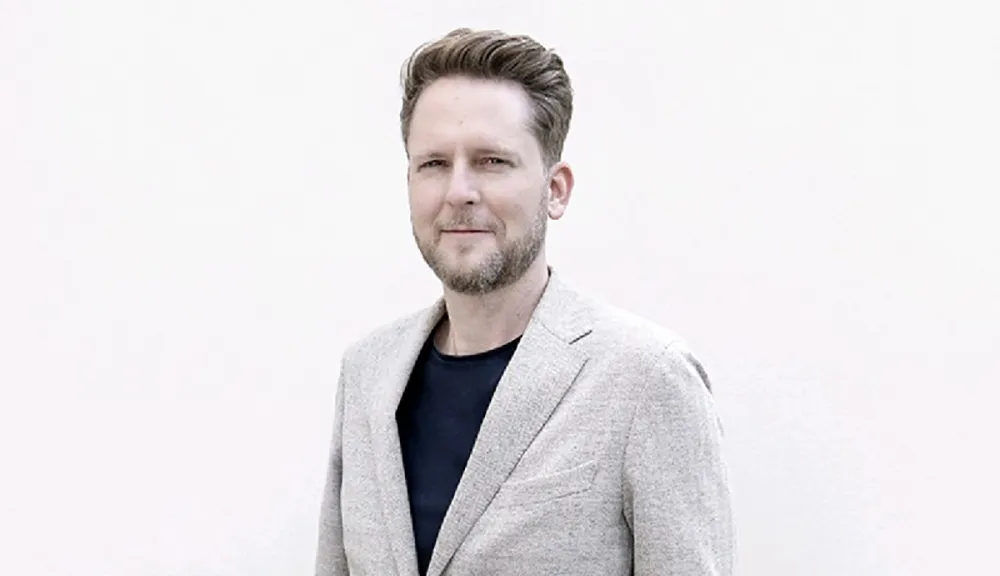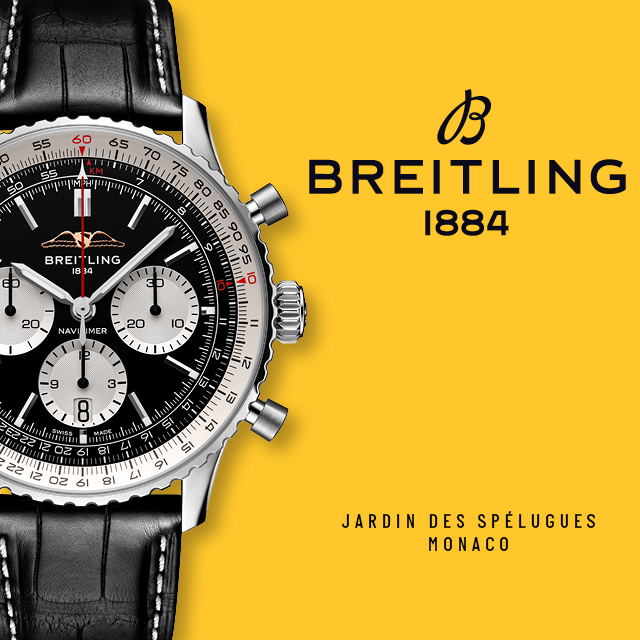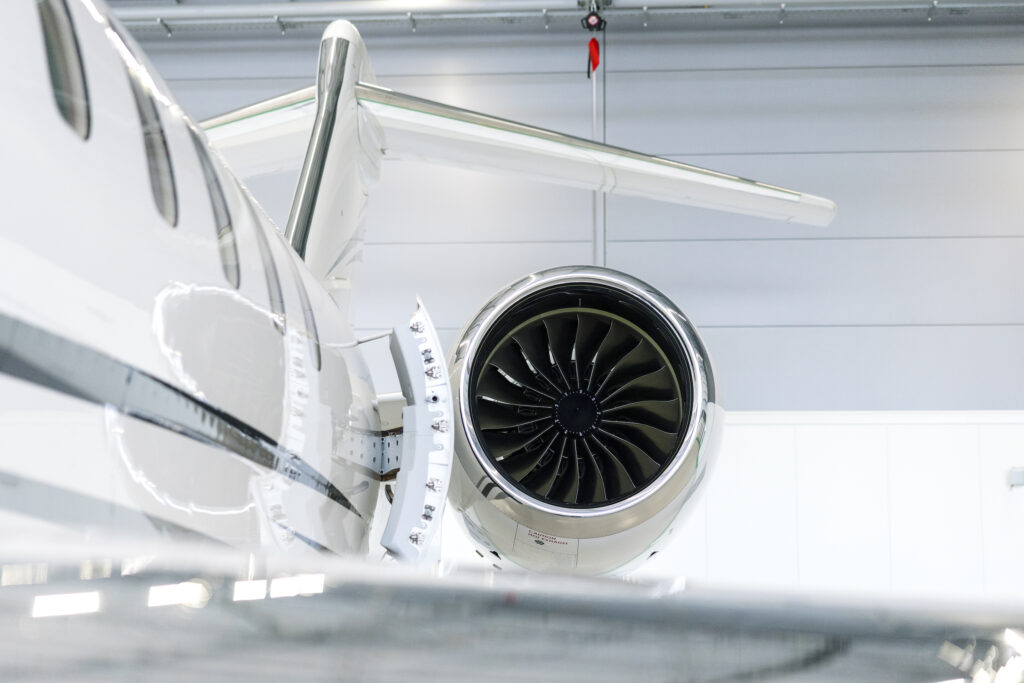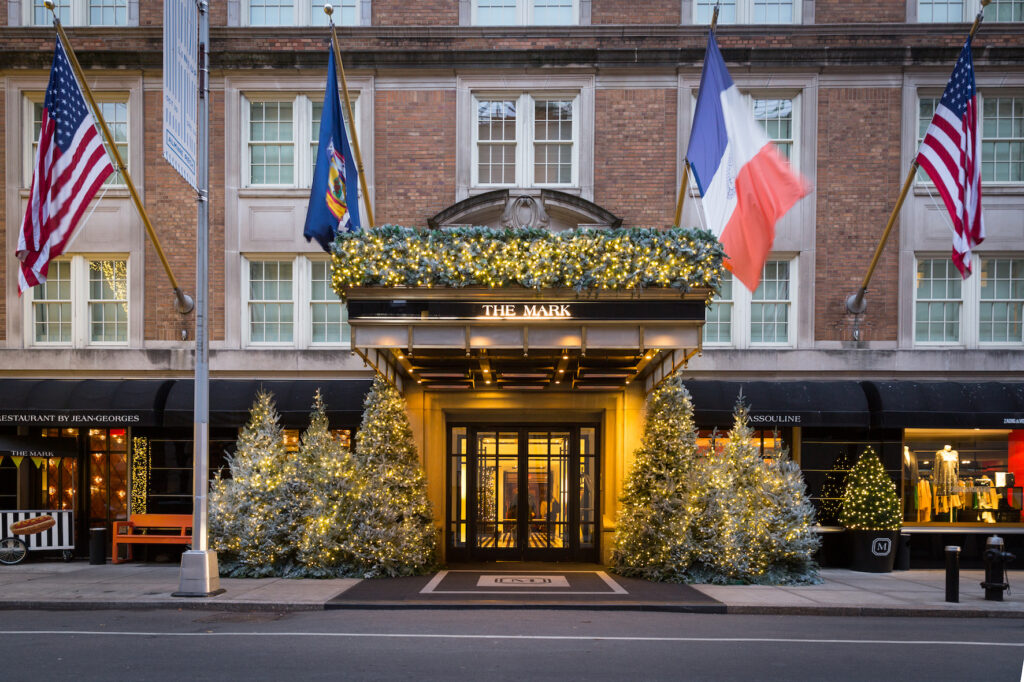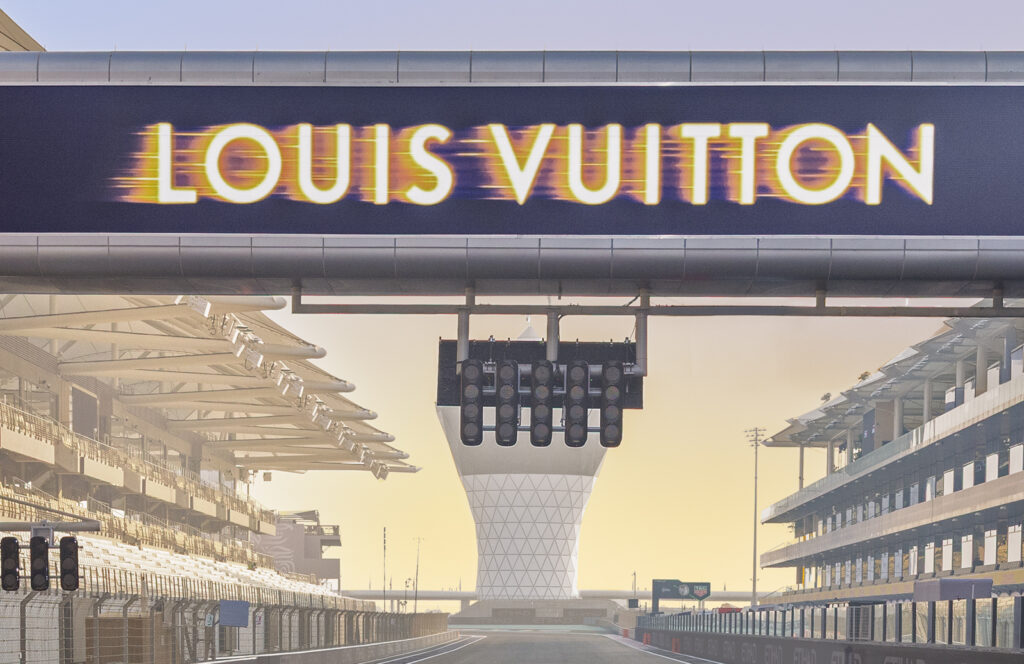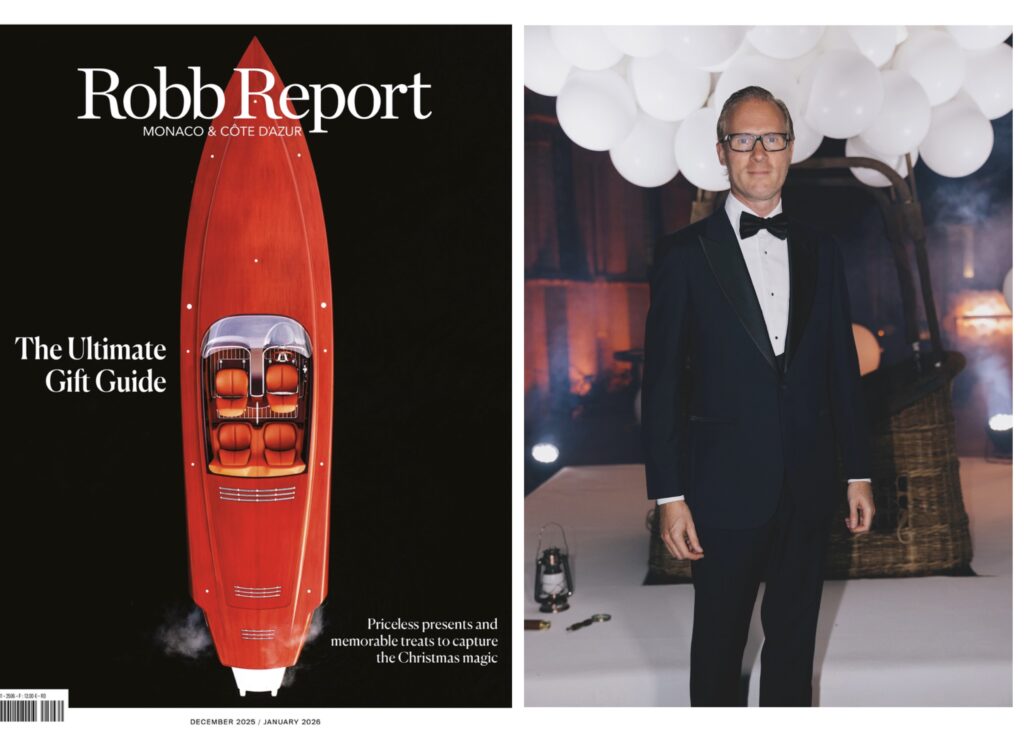Cross fertilisation is at the heart of the Turin brand’s ‘motivazione’ he says.

You could describe Felix Kilbertus’s return to Pininfarina as a homecoming. Installed as the new Chief Creative Officer at the Turin based design firm in April, he had previously worked there as Lead Designer between 2011 and 2014. Born in Austria, Kilbertus worked in France, Italy, Germany and Japan (at the Nissan Global Design Center) before a period as Rolls-Royce’s as Head of Exterior Design (his fingerprints remain indelibly stamped on the Phantom Series II, Ghost and new fully electric Spectre models). “You’re catching me at the tail end of my first 100 days,” he tells Robb Report. “The road I’m on right now is to understand the historical path but also to meet the people that currently embody the company, particularly in these very diverse creative disciplines.”
Founded as Carrozzeria Pinin Farina in 1930 by Battista Farina—the design powerhouse who cut its teeth in automotive car design for brands like Maserati, Ferrari and Alfa Romeo—Pininfarina, in the 1980s, branched into architecture and interiors, as well as the nautical and aviation disciplines along with a broad range of industrial design projects such as smart devices. “In the last few decades Pininfarina expanded into transportation in general—planes, trains, two-wheelers and trucks—which is, in part, very similar to the development process in the car business,” he explains.

The itself Group employs 500 and stretches its tentacles beyond Italy to the United States, Germany and China. Since 2015, it has been under the ownership of the Mumbai-based Indian conglomerate Mahindra. Kilbertus is tasked with overseeing the direction of the group’s Mobility, Product & Experience Design and Architecture. “This is my third time in Italy and second time in Pininfarina and I have the advantage of knowing the company 10 years ago, but you can never swim in the same river twice,” he says. “I’m not the same person—that said, I’ve found new extraordinary creatives and disciplines that were not there 10 years ago. The architecture team has surprised me quite a lot with the depth of their thinking but also the product design team—these are brilliant people and I’m counting on the cross fertilisation between these disciplines to create ultimately better solutions.”
Integration of the different teams is something that excites him: “The opportunity is to challenge our creative team,” he explains, “so what if we look at a boat and invite our friends from architecture in and bring in someone from automotive so we can criticise ourselves and challenge ourselves? That cross-pollination is a unique opportunity. We have a core business to look after where you see a strong evolution to the exterior and interior design, particularly on HMI (Human Machine Interface), UX (User Experience) and UI (User Interface) design.”

The Pininfarina Architecture-designed Blue Loop project, on the Yangtze River Delta, China
One of the things that attracted Kilbertus was the field of architecture—“Our youngest discipline in the company. The Architecture team has been particularly successful in positioning themselves in the market in the Americas and increasingly in the Middle East, where we see a real added value to our aesthetic solutions and even to co-branding opportunities.” The Product Design Department is the Group’s third pillar. “Pininfarina Extra was founded by our President in the 1980s and we have a huge list of clients, past collaborations and a lot of the people that founded that core team are still with us—luckily so.”
Recent collaborations include that with the Benteler brand Holon, whose driverless shuttle can travel autonomously at up to 37mph with a range of about 180 miles. The application of Holon will expand into on-demand services like ride pooling/hailing and it is reported to be the world’s first autonomous mover built to automotive standards. Production is slated to start at the end of 2025. Pininfarina’s work in automotive for OEMs spans engineering development, brand design, niche production manufacturing, UX/UI applications and EV platforms with facilities for wind tunnel testing.

Megayacht Kairos—a collaboration with Oceanco
Other recent Pininfarina projects delivered by the Nautical team include the interior and exterior design for Princess, the British luxury motor yacht manufacturer renowned for its R Class performance sports yacht, and new branding for the company’s V, Y, S, X range of crafts. Other brand collaboration projects include the megayacht Kairos, a collaboration with Oceanco. In Brazil, the Pininfarina America architecture team has collaborated with architectural firm Molegolar on the 53-storey branded Diagonal building which is one of the tallest towers in Brazil. Kilbertus stresses that the growing business focus now is in the Middle East and Far East (it has been present in Shanghai for over 20 years).
“[What we’re doing now] is the tip of the iceberg,” he says, “but there is a huge part of our current work we cannot talk about. We’re seeing a shift from working directly for a manufacturer into being a creative services provider. For example, when Ferrari started, Pininfarina acted as a design centre for what was then a start-up company. The game has changed in automotive and as any company grows, design is a key factor contributing to the success of the company. Start-ups build their own design teams. We need to be as good as the best original equipment manufacturers so we can challenge the most creative them by giving them fresh impulses.”

The virtual concept car, Teorema—which was developed entirely using VR technologies
Automotive projects, meanwhile, include virtual concept car, Teorema— developed completely using VR technologies—something Kiberus believes Pininfarina needs to embrace in order to be future proof. “We see a shift of the role of the designer as being purely a creator, and now we have different generative tools we need emphasise the role of an editor in the creative team.”
He concludes by referencing the importance in preparing Pininfarina for the next generation of creatives: “The company needs to adapt to what these young creatives bring,” he says. “We’re no longer in a world of drawing something in 2D—we now have 3D and 4D tools to animate and film things very naturally.”

